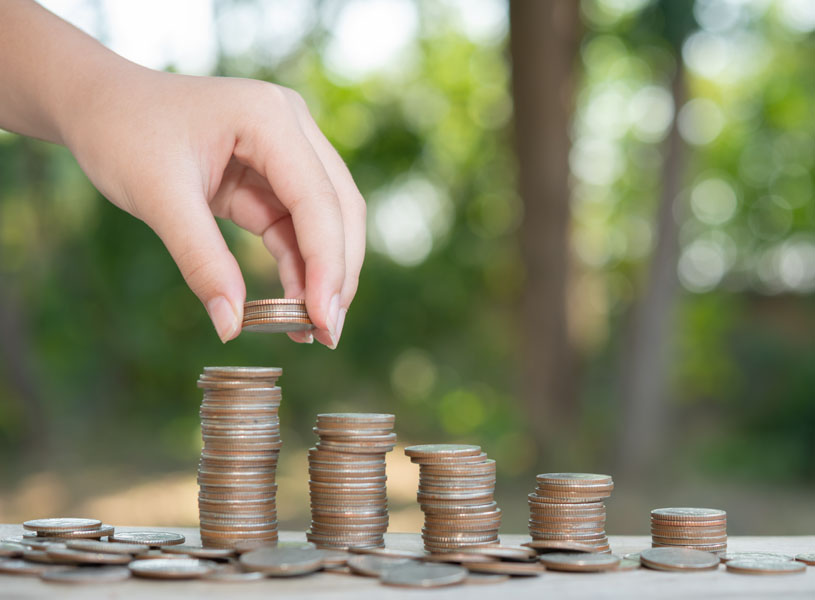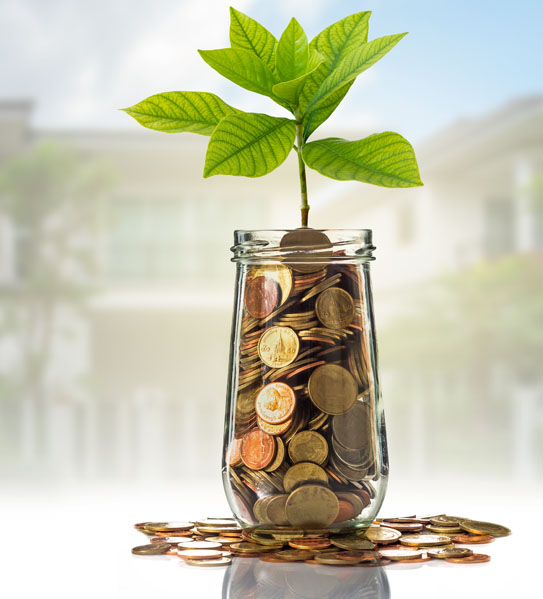Feb 18, 2022

SAFE and Funding Rounds
Is SAFE easy for Multiple Funding Rounds?
A startup can raise funding through multThe quest for funds among founders/CEOs of startups, with their innovative products and services, has been magnified by venture capital (VC) firms’ rising interest higher financial rewards. The explosion of innovation has attracted massive amounts of money. Fintech, digital health, e-commerce sectors attracted a significant chunk of investment from investors. Over the years, Simple Agreement for Future Equity (SAFE) has been playing the role of powerful catalyst for the transformation that is taking place in the startup investment space.


How is safe SAFE?
A SAFE instrument entails making a one-time investment that will be converted into stock later based on the occurrence of a future funding round. VC firms and investors find a SAFE instrument cheap and easy to use. Is it easy and duplicate for multiple funding rounds? Founders/CEOs are often mistaken. They think that low cost and simplicity would make considerable fundraising with different valuation caps more accessible. However, the cascading effects of conversions might be enough to turn off future investors. For example, different valuation caps are considered avoidable in seed funding in Canada and the US, and investors for startups do not prefer to agree on this. Hence, it becomes critical for founders to keep a close eye on investor numbers, and they should not overlook or undermine disclosure requirements. In SAFE, clauses like valuation caps and discounts allow investors to purchase shares at a price lower than the prevailing price per share. Such a provision under the agreement increases the number of shares they can buy, resulting in more claims.
The Future Rounds
With the increased focus on startups, SAFE has become a key instrument for capital seed investors, particularly when valuing founders is challenging or when bridge financings are planned that are minor compared to the proposed next round of financing. Seed funding rounds come with two components - priced and unpriced. Generally, in a priced seed round VC firms buys shares of a startup at a price determined by the valuation. Startups are not given a valuation in an unpriced round, and VC firms are not required to purchase a specific amount of equity at the time of investment. Instead, it’s an agreement between the investor and the startup to issue shares in a future, priced round in exchange for an infusion of cash when the unpriced Seed deal is struck.
The key to limiting the negative impact moving forward is awareness, which can also help firms improve their seed capital efficiency. Many entrepreneurs are unaware of the total cost of future stock in a SAFE or convertible note. They should always gauge whether SAFE is setting up their venture for success in a future round or whether additional notes with different valuation caps are suitable at the current stage of development.

FAQ
The seed round, Angel round, Series A, B, C rounds, Mezzanine or a pre-public round.
When raising a priced round, the founder or co-founder needs to locate an investor willing to lead the round. A lead investor (or simply the ‘lead’) is the first investor to commit to a given round of funding and agrees to set up the terms for any other investors who wish to participate in the financing.
A lead investor is an individual or a group that acts on behalf of the other investors to secure the desired amount of funds for the startup as per pre-decided terms.






